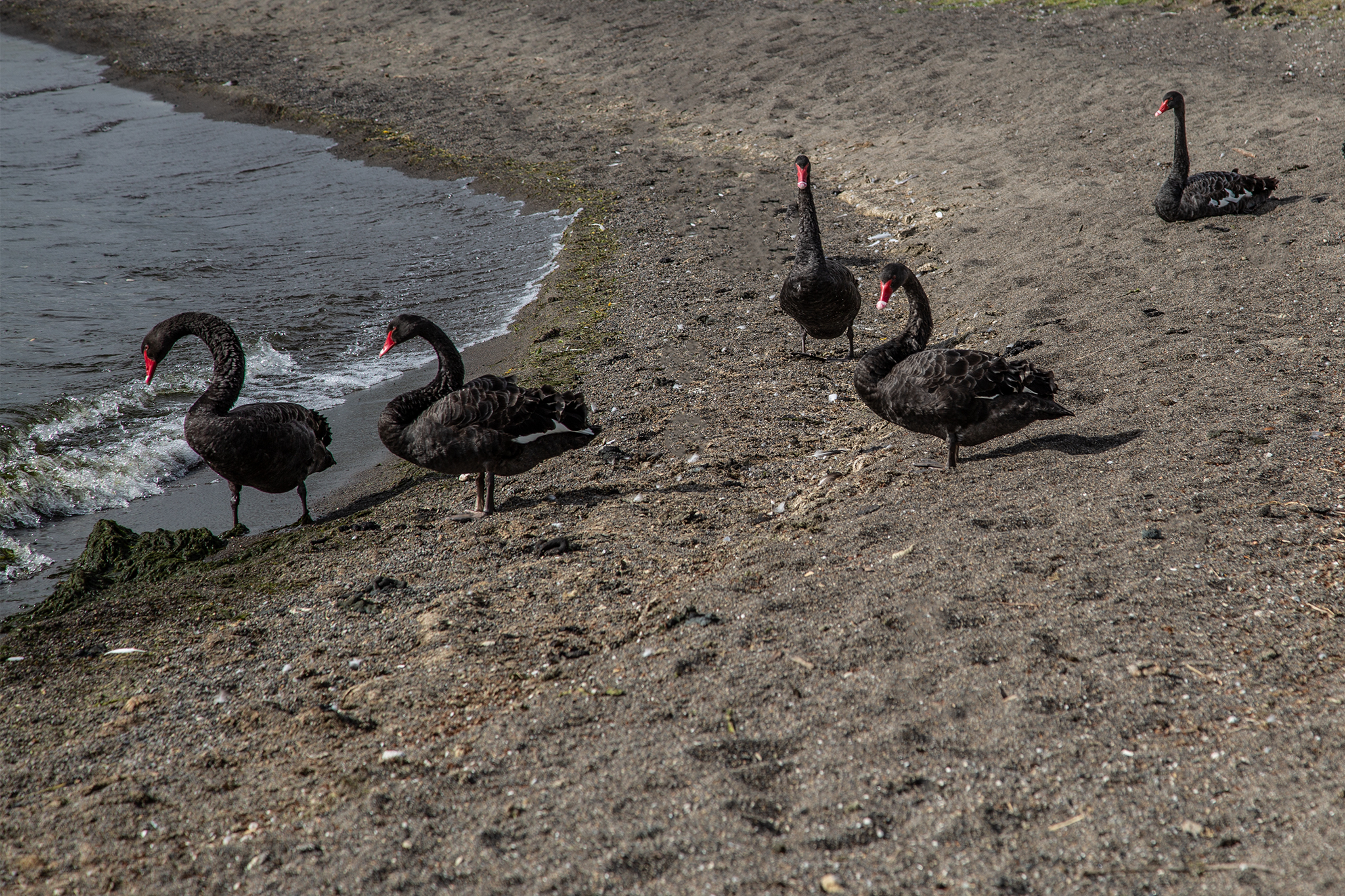Delayed jetlag, a colder room and thin walls meant less sleep than might have been nice. An early start and a really great breakfast.
Ten minutes drive away was Whakarewarewa (The Living Maori Village). Lots of facts were learned about the Maori culture. I mean I can’t remember the all right now. There isn’t going to be a test is there?
They train people up (you need to be male and have a certain amount of Maori purity to be accepted) in the art of Jade carving. After two years they go out into the World and teach others.
In the village is Pōhutu which is the largest active geyser in the Southern Hemisphere and erupts hourly reaching heights of 100 feet.
An hour’s drive and we were at hotel three (?).
A bit early so we went for a walk along the lake which they’ve modestly decided to call Great Lake Taupo. The shoreline is scattered with black swans. Small streams brought water into the lake that was hot enough that you couldn’t keep your hand in it.
Across the lake you can a white capped mountain in the distance which doubled as Mordor.











